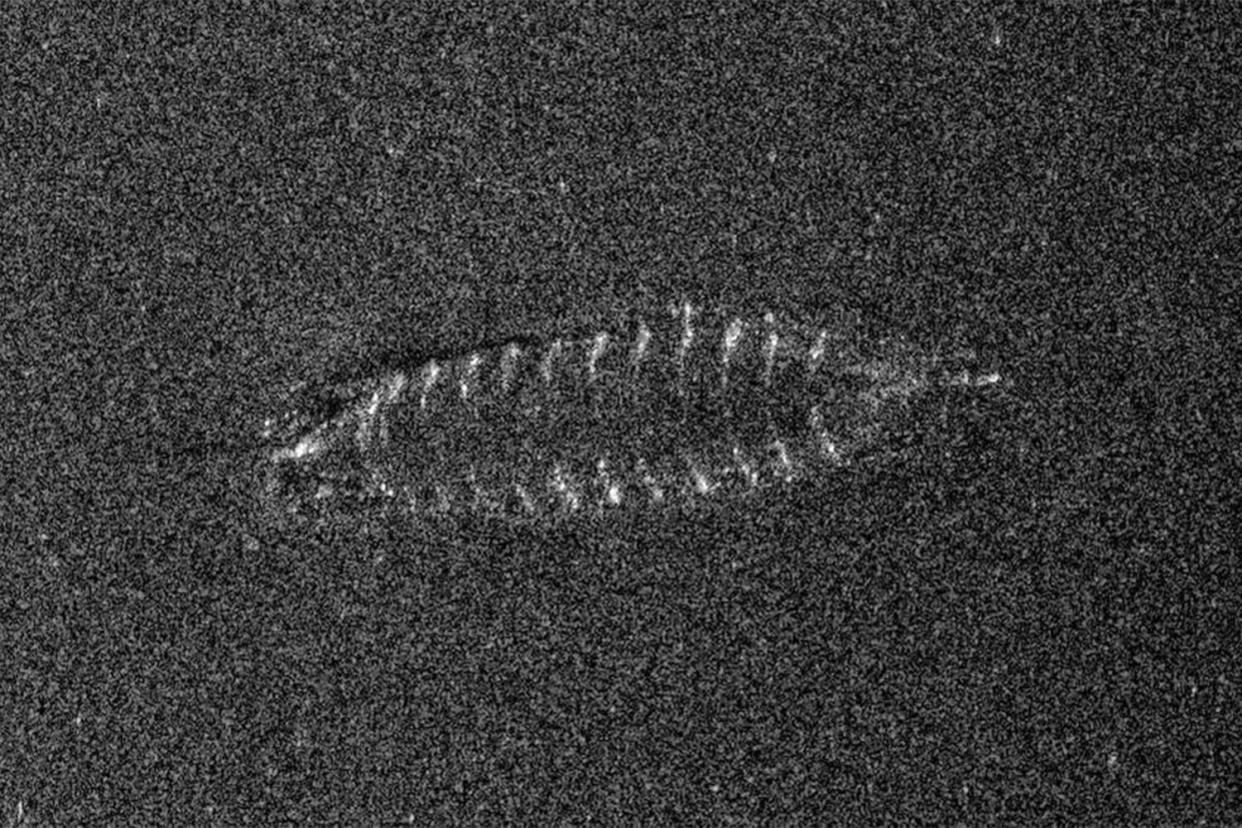Possible Medieval Ship in 'Pristine Condition' Found in Norway's Biggest Lake

Researchers mapping Norway's largest lake made a big discovery last month.
After embarking on a voyage more than 400 meters (1,312 feet) below Lake Mjøsa's surface with the Norwegian University of Science and Technology, the Norwegian Defense Research Institute (FFI) revealed in a press release their discovery of a 10-meter (33-foot) wooden boat and an un-detonated bomb.
According to CNN, the vessel could date back to the 1300s and as late as the 1800s.
RELATED: Scientists Shed New Light on Massive 'Space Hurricanes' That Form Above North Pole — See the Photos!
The boat may might from the Middle Ages, and it has not been dismantled over time. This is the first discovery of this magnitude in Mjøsa, as diving archaeologists have only explored between depths of 20 to 30 meters (65 to 75 feet), according to Science Norway.
The discoveries were made by the FFI's Hugin, an autonomous submarine on its first voyage in the lake, which is about 62 miles north of Oslo. The Mission Mjøsa's project aims to map the 140-square-mile lake bed using sonar technology, CNN reported.

FFI/NTNU
According to Science Norway, the FFI was asked to map the lake in order to find explosives and ammunition which may have been dumped there by an ammunition factory between the 1940s and 70s, leading to a partnership with university researchers.
RELATED: Harvard Will Have Its First Black Leader as Claudine Gay Is Named University's Next President
"My expectation was that there could also be shipwrecks discovered while we were mapping dumped munitions — that turned out to be the case," Øyvind Ødegård, a senior researcher in marine archaeology at the Norwegian University of Science and Technology and the mission's principal investigator, told CNN.
"It was just purely that the statistical chance of finding shipwrecks that were well preserved was considered to be fairly high," Ødegård said, explaining that the "freshwater environment and lack of wave activity kept the vessel in pristine condition, except for corrosion of a few iron nails at each end of the ship."
RELATED VIDEO: 107 Years Later, Explorer Ernest Shackleton's Sunken Ship Endurance Is Discovered 'Virtually Intact'
Ødegård said that researchers have only mapped out 15 square miles of the 140-square-mile lake but expect they could find more shipwrecks.
Never miss a story — sign up for PEOPLE's free daily newsletter to stay up-to-date on the best of what PEOPLE has to offer, from juicy celebrity news to compelling human interest stories.
"We could find vessels from since the beginning of human activity in the area. They could be present, and in good condition," Ødegård told the outlet. "You can't rule out anything."

